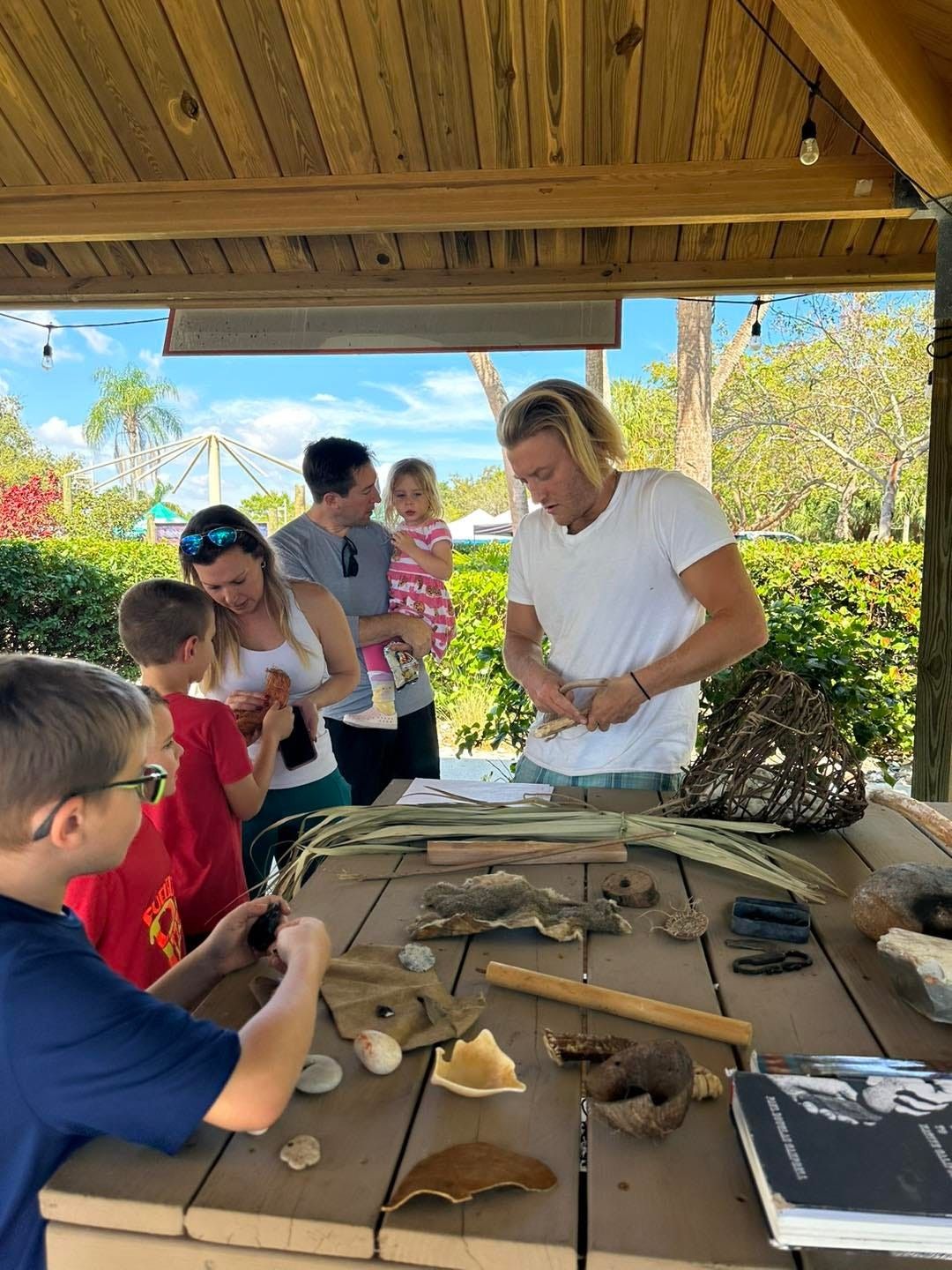“It is an often-repeated number that about 30 species of plants are eaten by a typical American in one year… The Hausa foragers of West Africa utilized 119 food plants (compiled from different sources).” – Arthur Haines
When I work with children in the local forests, a sense of happiness and awe surrounds me. Our activities include shelter-building, story-telling, and medicinal tea preparations. All of these are vital in this time of chaos.
Over the last few weeks of late winter in the northeast, we’ve combined different tree barks, with maple sap which we gathered from the ansikëmès or the maple trees in the Lenape language – to make a delicious and revitalizing beverage that is part of being within the natural cycles of the year. (1) I’m looking forward to the next few weeks when we can add to our repertoire the tender plant shoots that are just emerging on the forest floor, which we will enjoy over a fresh campfire in a cast iron pot slathered in grass-fed butter. Why do we enjoy consuming these wild plants? For one, they often offer more phytochemicals to the human body than cultivated vegetables. (2) Some examples of these “phytochemicals” include polyphenols, glycosides, and alkaloids, all of which benefit the human body. (3)
“In ancient, prehistoric times, the temples of the spirit were outwardly visible, but today, when our life has become so unspiritual, they no longer exist where we can see them with our physical eyes. Yet spiritually they are still present everywhere, and whoever seeks can find them.” – Rudolf Steiner
I rarely speak of specific nutritional details to the children, but I enjoy sharing some history. A local example of a wild vegetable that grows in our forests is garlic-mustard, or Allaria petiolata (Bieb.) Cavara & Grande. Garlic-mustard has been used as a food and a condiment by European indigenous groups for thousands of years. There is evidence for using this plant when we examine the pottery belonging to the Ertebølle culture that goes back 7,000 years. (3) Yet this plant food has nearly been forgotten here in the northeast of North America.
Our group moves around the landscape in a variety of ways. We always walk, sometimes through treacherous creeks or up winding cliffs, but always with a purpose. When we visit an orchard, I say, “Young ones, this too is important! We have to replant the food forests of the world.” We then talk about the uses of the trees and where these selected trees originate from. Our actions are ideally in line with the biodynamic calendar. The stars often align, and in the orchard, that can mean planting elderberries as a group on a root day or spraying a “sweet-smelling” fish and kelp brew onto the trees’ limbs and roots on a fruit day.
At the beginning of each class, we all sit around in a circle. Next, we share what each of us is grateful for. All I have to say is, “Who’s going to share first what they’re grateful for?” The children’s eyes get huge, and they begin jumping up and down, ready to be chosen as the first to speak. One child will say, “I’m grateful for the snow, that we all have food, and that the stream is flowing.” The next will say almost the same line as the previous! I usually go last, and I’m laughing the whole way.
“Being naturalized to place means to live as if this is the land that feeds you as if these are the streams from which you drink, that build your body and fill your spirit. To become naturalized is to know that your ancestors lie on this ground. Here, you will give your gifts and meet your responsibilities. To become naturalized is to live as if your children’s future matters and take care of the land as if our lives and relatives depend on it. Because they do.” -Robin Wall Kimmerer
When working with children, I impart a conservation ethic rooted in indigenous wisdom and modern science. One of the reasons we must draw from the original Indigenous communities is because they have what is known as “place-based knowledge.”
For example, the Indigenous peoples in Australia – who have lived and created generational bounties on the continent for over 50,000 years or over 1,700 generations of human beings – certainly would have something to say about the role of intentional fires on the landscape. (4) I hope the children will have positive and continuous experiences in the local forests, streams, rivers, meadows, swamps, and outcrops. I heard something recently that I enjoyed from another colleague. They said, “My goal is to rid myself of a job in the future.”
They meant that in traditional societies, everybody had a rich, complex, and broad awareness of their environment. In other words, we must start measuring one’s “nature-literacy.” We can measure (qualitatively and quantitively) an individual’s (and community’s) ability to not only “survive and reproduce” but to enjoy life, to give back wealth in different living, to care about the future and past, and to protect life around and within them through proactive and creative processes. I love the work I am involved in, and every day, when I step outside the door and plant my bare feet on the ground, I look all around in wonder and say thank you.
Work cited:
https://www.talk-lenape.org/results?query=maple
https://www.ars.usda.gov/ARSUserFiles/1718/PDF/2000/AntioxidantwildRubus.pdf
http://www.greenpharmacy.info/index.php/ijgp/article/view/600
https://www.eurekalert.org/pub_releases/2013-08/plos-prr081513.php
https://www.cnn.com/2020/01/12/world/aboriginal-australia-fire-trnd/index.html
Follow LMSR here: https://lionmanrewilding.com/

